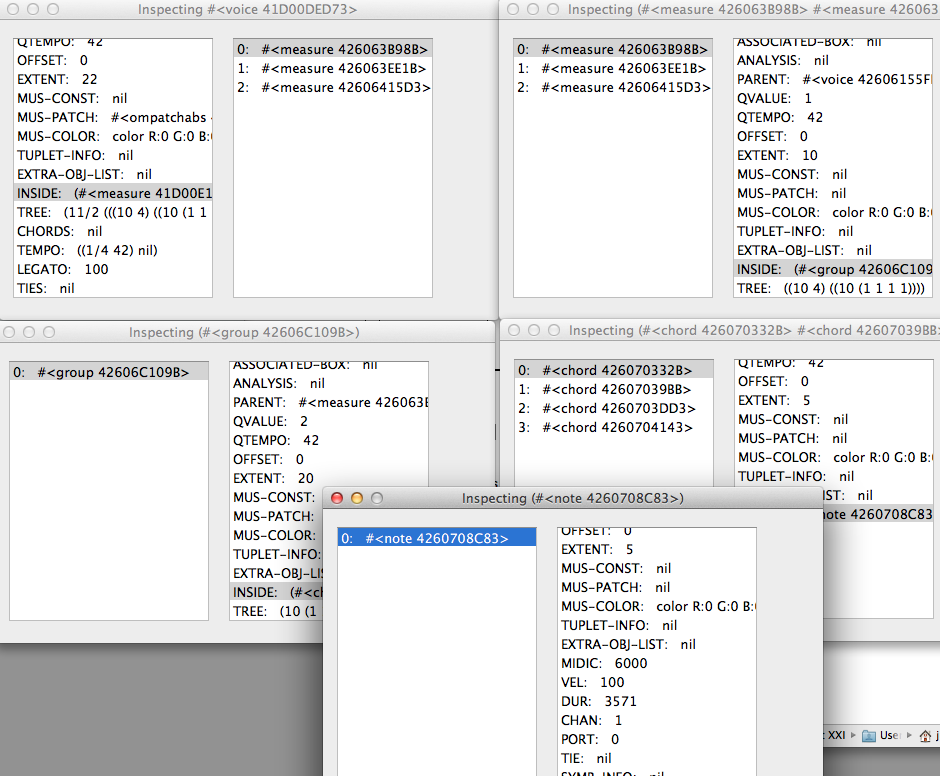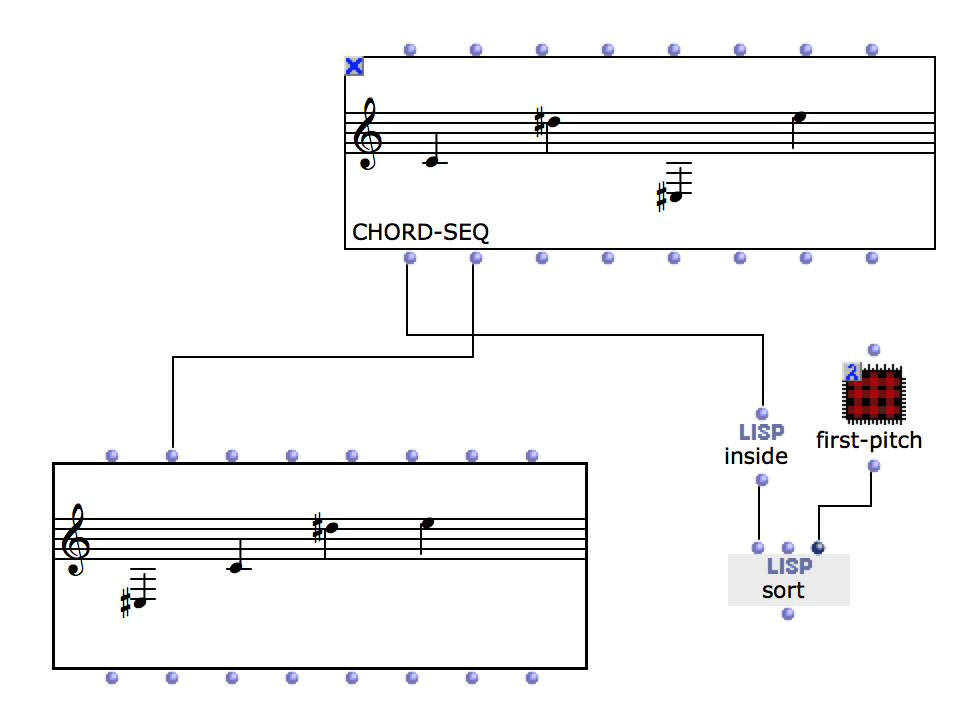Hello, the generic function “Select” is a very practical tool that I discovered for my self the other day (after using OM for almost 20 years…). One can input both measure numbers or absolute positions in ms. OM for the most describes the first position as 0, so if one wants to operate with measure numbers as stated in the score, one has to subtract 1. Yes, it is obvious, but often the most obvious “things” are those one doesn’t take in account. (Yes, I am a violist…) Best, Dagfinn
Select-measures.omp (15.1 KB)



